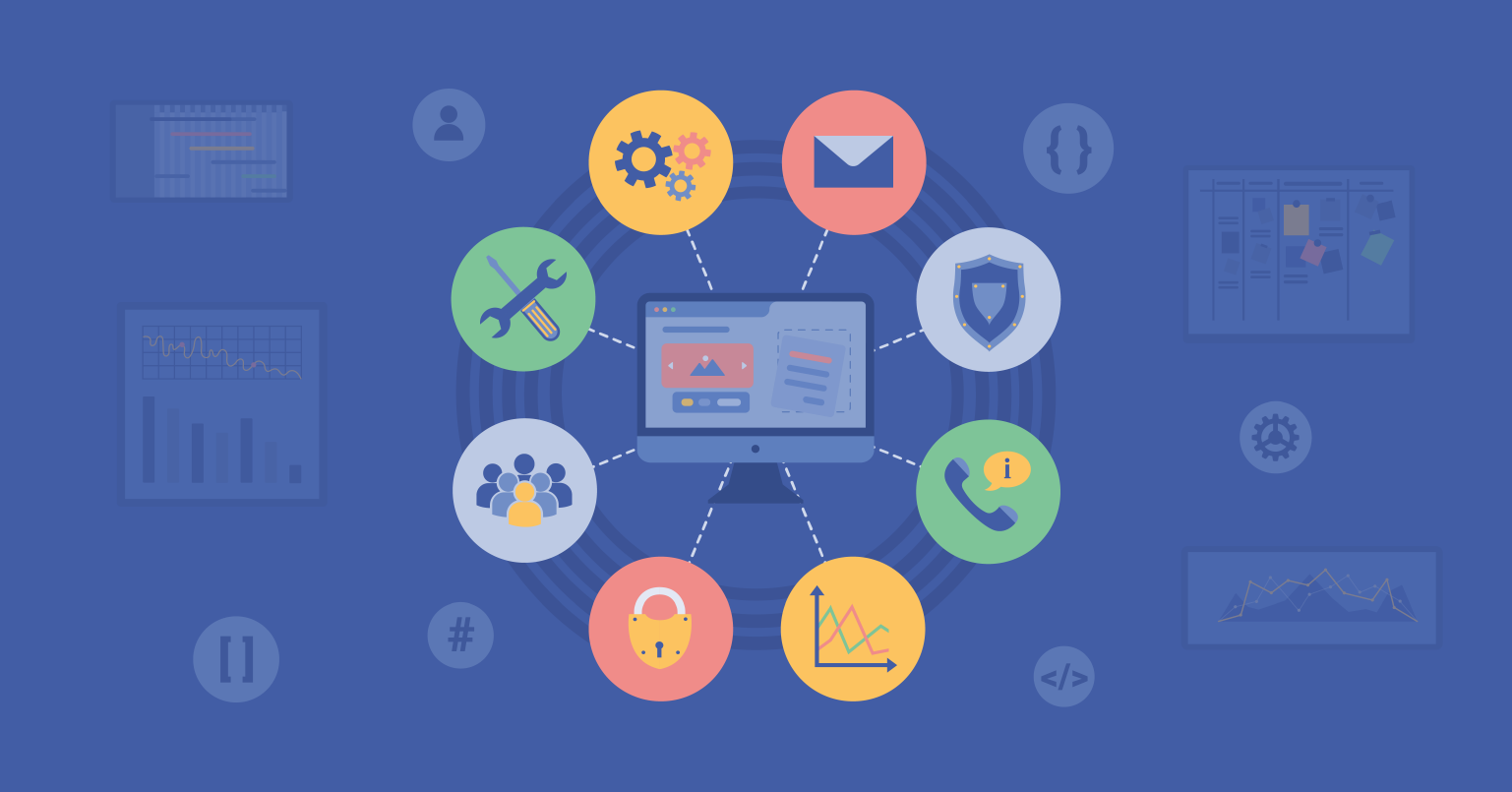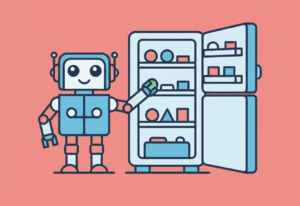For first-time entrepreneurs, the logistics of adequately maintaining applications can often be surprising and even a little confusing. After all, when a train set is first taken out of its box, it simply works. Shouldn’t software be the same?
Of course it should! And in fact it is. But whether you find yourself in Tier I, II or III support territory, even the most diehard of optimists would be forced to concede that there are other weighty factors to bear in mind.
From dealing with potential security issues to ensuring that users are given all the help they require, in reality, wrapping up development simply heralds the beginning of a whole new cycle in the lifetime of an application.
These newfound concerns may vary from company to company, but they are still crucial in attaining practical longevity:
Infrastructure
1. System Updates
Because applications are reliant on third-party platforms that demand regular updates, robust as a piece of software may be, the foundation upon which it is built is inherently unstable.
In a nutshell, this means all it takes is a single “bad” update to an operating system for something somewhere to break.
It is therefore always prudent to have in-house teams in place that are qualified to provide this level of support. Fixing the problem could be as simple as contacting your patch providers for a quick workaround solution or as complex as dealing with a full change to an API.
2. Expansion
Whenever an organisation grows, the amount of users requesting access to their application follows suit. If businesses are unprepared to handle this surge in activity, pressure is likely to mount on systems, causing servers to underperform.
For this reason, it is equally important that companies establish systems that will regularly monitor servers for any signs of overload.
Often, until a more permanent solution such as automatic load balancing is put in place, all that is required is restarting the server or limiting the amount of user requests. If, however, more growth is expected and your business has decided not to rely on the cloud, then perhaps it will be necessary to make certain infrastructural changes.
These modifications could be made to the process being used, the server or even the application itself.
Alternatively, in order to lighten the load, businesses may simply choose to invest in a few new servers.
Security
Every new piece of technology comes with potential security risks. Unfortunately, in this day and age, this is simply an inevitability.
As a result, maintaining robust solutions will also demand keeping a close watch on all software elements, including their wider ecosystems (i.e. databases and operating systems).
Should a third-party security breach indeed occur, businesses must be prepared to update their systems at a moment’s notice and certify that the tech stack in use is compliant with any new criteria.
Consequently, prior to encountering any issues, it is advisable to look for specialists who will be able to quickly swing into action. Otherwise, it could be some time before you finally get the urgent assistance you need.
In order to minimise this particular problem, it is useful to focus on the quality of handover sessions. At Software Planet Group, for instance, we strive to educate in-house specialists upon product delivery and present teams with any information deemed necessary.
End users
Of course, users are the most important component of any system, as without them, software solutions would serve no purpose at all.
In order to ensure the continued success of an application, it is therefore vital to provide end users with all the support they require, should any difficulties arise.
This level of assistance can be given by dedicated in-house teams or external providers. In either case, businesses should make certain that new hires are both well trained and cordial enough to represent their company.
A Helping Hand
While maintaining software solutions certainly takes many steps, thankfully, you do not have to tread this path on your own.
For customers who have previously developed with SPG, our experts remain available for consultation at any time. We will be more than willing to assist you in any way we can, from migrating your applications to a new platform to even preparing any end user documentation you might find yourself lacking.
But remember: just like a train set occasionally needs new batteries, your application will sometimes cry for support. It pays to listen :).



